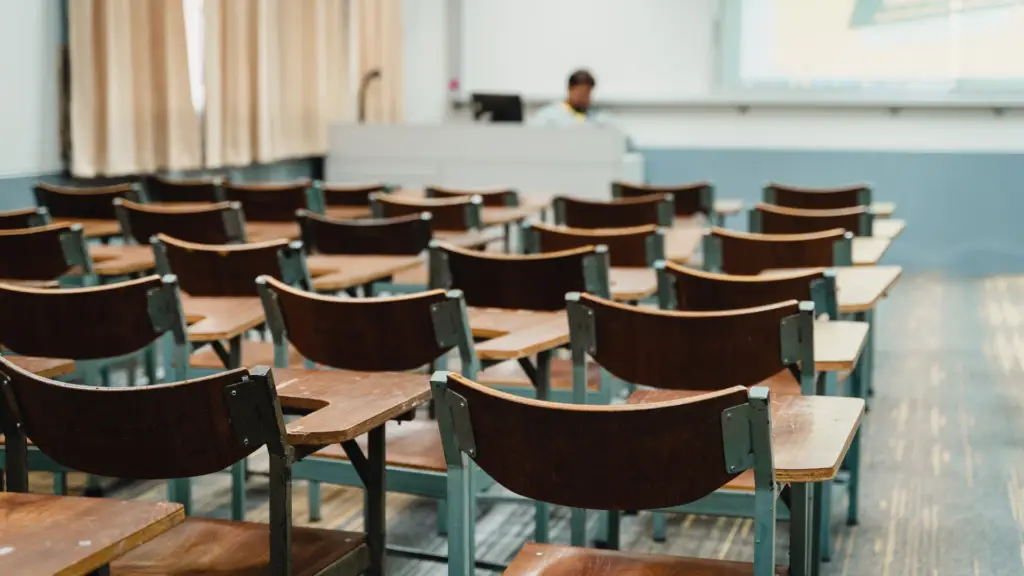Students are heading back to school this year under a cloud of discouraging test score declines in reading and math, an alarming widening of race- and income-based achievement gaps, and a sluggish pace of academic recovery.
We at the Center on Reinventing Public Education are tracking and reporting on test scores, but we’re also keenly aware that reading and math achievement does not paint a full picture of progress, especially for older students (in high school and beyond) who take fewer tests.
Measures like school engagement, grades, attendance, college readiness and rates of postsecondary enrollment deserve attention because they provide more information on how students are doing. They also shed light on whether we are doing enough for students who are about to exit, or have already exited, the K-12 system. These are the students most in need of immediate support, yet we often do not hear about how they are doing.
Over the past three years, CRPE has convened panels of respected scholars to read, debate, and come to a consensus on a summary of what the best new research says about how the pandemic has affected students in the areas of academic achievement, mental health, and special education. These reports are part of the Evidence Project, our larger effort to provide a full account of how the pandemic impacted students and our education system.
Our newest consensus panel report explores the extent to which the pandemic has throttled progress on academic markers beyond test scores, such as enrollment, school engagement, graduation rates, college readiness indicators, and postsecondary enrollment.
The panel’s takeaways? “The current state of U.S. students’ academic well-being is grim.”
There is much work to do, especially for older students, and there is little time to do it. Across the board (with the exception of possible grade inflation and lowered graduation standards), indicators of high school success, college readiness, and higher education enrollment and persistence are down. On every indicator, students from historically marginalized populations are worse off, often by a terrible degree.
The authors call for immediate investment in solutions to address lagging student engagement and attendance, better data collection of non-test scores outcomes, and research on the long-term impacts of the pandemic on this generation of students.
Despite the disheartening conclusion, there is hope. Across the country, efforts are underway across a variety of platforms and in a variety of contexts to make high school and higher education experiences more exciting, more relevant, and better connected to parents and communities—all of which could help address the underlying reasons that cause students to start missing school, getting discouraged, and losing their way.
Next week, CRPE will release its second annual State of the American Student report, which provides a fuller exploration of the issues affecting older students and offers a plethora of new ideas for how to change course. We encourage you to share this report, as well as the forthcoming State of the American Student report, with policymakers, advocates, and other change-makers in your corner of the education world.




